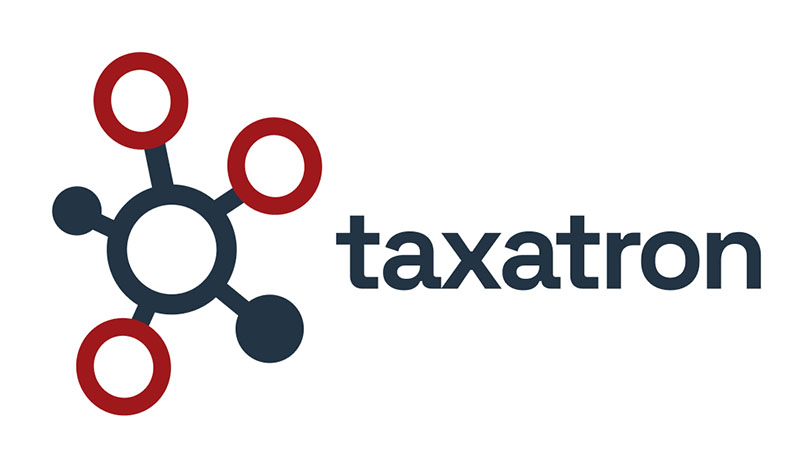Introducing Taxatron, the eVAT software.
February, 2024
On the first day of 2024, the National Tax and Customs Administration (NAV) launched the electronic VAT system (eVAT), which supports the electronic and accurate fulfillment of VAT obligations related to VAT declarations. The Taxatron, a joint development by Andersen and Ramasoft released in January, provides a reliable solution for preparing eVAT declarations and submitting them through machine-to-machine (M2M) connections.
Choice of filing options
From January 1, with the introduction of the eVAT system, taxpayers were essentially offered a choice of competing filing options. Companies can now submit their VAT declarations in three ways – expectedly on a temporary basis:
- In the usual way, using the ÁNYK (General Form Filler),
- By accepting the proposal prepared by the tax authority via a web interface, or
- Through machine-to-machine (M2M) connections (by linking enterprise resource planning systems with the NAV system).
Taxatron, a joint development by Andersen and Ramasoft, provides a solution for this latter option.
Faster and more detailed data provision
The pace of digitization in the Hungarian tax system and the direction of developments suggest that companies will need to provide faster and much more detailed, itemized data provision to NAV in the future. Traditional methods and technical solutions may not necessarily address this challenge, as the enterprise resource planning (ERP) systems used by larger companies are not prepared for the level of detail and structure required by the tax authority. This requires either expensive system development or the integration of a purpose-built software compatible with the ERP that supports the preparation of declarations, establishes a connection with the tax authority's system, and manages communication.
The Taxatron is a system that meets these needs.

Shorter filing time
Filing through an M2M connection offers a particularly advantageous solution for medium and large enterprises, where assembling and submitting VAT declarations is a cumbersome process. The system's introduction represents a cost-saving from day one by reducing the time spent preparing declarations.
The Taxatron helps realize this saving opportunity.
eVAT declaration, lower risk
Preliminary checks of itemized records can filter out errors before the declaration is submitted, which previously only became apparent during post-filing tax audits, often resulting in fines.
The Taxatron helps reduce the risk of tax audits and fines.
More reasons to choose Taxatron
- Built-in validations significantly reduce audit risk, and the pre-prepared analytics cannot be re-requested by NAV.
- No more hassle with preparing the so-called M forms.
- Supplementary data uploading services provided by the tax authority are also exploitable with Taxatron.
- Taxpayers who choose the M2M filing method and correct errors within 15 days through a self-audit procedure after submission do not have to pay a self-assessment penalty.
- Reliable taxpayers who opt for M2M VAT filing cannot receive a tax audit for 15 days, allowing them to conduct self-audits without risk and interruption.
This is the future form of fax filing
Besides making the VAT filing process faster, safer, and more accurate for companies through eVAT, the significance of the development lies in the expectation that within a few years, all types of corporate taxes, including corporate tax or local business tax, will have to be declared in this manner. The system operates based on the SAF-T (Standard Audit File for Tax) standard developed by the OECD, which describes the provision and transfer of digitalized accounting data related to taxation in an XML data format. eVAT is the first domestic application of this modern tax filing technology, already introduced in several European countries for years.
The Taxatron is a tool that allows taxpayers to already take advantage of the new system's benefits.
Tax Advisory Support
Transitioning to the M2M eVAT system is a complex task. Initially, it must be harmonized with the unique characteristics of a company's ERP system, the necessary data sources must be thoroughly assessed, related data flow processes need to be developed or restructured, and corporate and standard tax codes have to be matched, which cannot be done without tax advisory support. Accordingly, successful implementation of the Taxatron requires time and comprehensive testing.
If you have questions about the operation of the M2M eVAT and the implementation of Taxatron, Andersen's tax advisors are at your service.
For more details:

